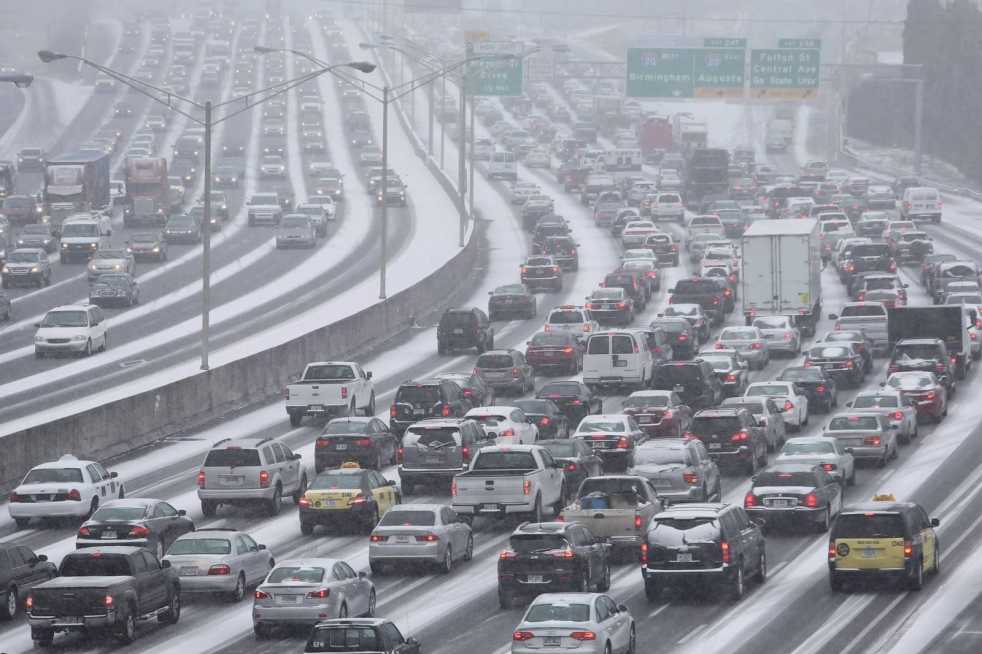Amidst the icy roads, armies of snow plows and climatically appropriate references to Disney’s Frozen, it is no surprise that the idea of global warming seems to melt away. In fact, Senator Jim Inhofe of Oklahoma called it all a “hoax” in light of the “cold thing we’re going through now.”
However, Dr. Annalisa Bracco and Dr. Kim Cobb, both academic faculty in EAS, have shed another light on this potential issue, citing that the local variability in the weather should not be confused with the long-term climatic trends associated with global warming.
“Wintry storms are simply a manifestation of weather, which in winter can be highly variable and complex in our region,” Bracco said.
“It is important to note that this march towards warmer temperatures need not be linear, nor does it preclude the occurrence of a particularly severe winter, such as that we’re experiencing now on the East Coast,” Cobb said. “One should look at…[global temperatures] when assessing the reality of global warming, because it…provides a long-term view. In it, one can see that the 2000’s were the warmest decade on record.”
In fact, according to a report by the National Oceanic and Atmospheric Administration (NOAA), 2013 tied with 2003 as the fourth-warmest year since 1880, the year when records began to be kept.
In addition, Alaska has also been having one of its warmest winters, leading to its own micro catastrophes such as avalanches from ice melting from the mountains.
To explain these behaviors, Bracco refers to climatic models, which suggest that this variability may increase in warmer temperatures.
“One of the prediction of climate models, which, however, has been hard to prove [and] disprove to this day, is that extreme weather events, both associated with cold and warm weather, including winter storms, hurricanes, typhoons, possibly tornadoes, may actually become [on average] more frequent in a warmer climate,” Bracco said.
The cause of these winter storms, though, stems from strong North Pacific and North Atlantic jet streams, which are stronger because of the warmer temperatures in the equatorial West Pacific. However, this doesn’t necessarily negate the long-term possibility of such storms.
“Weather patterns will continue to exist with all their complexity and wide range,” Bracco said. “Changes in the frequency of those patterns cannot be excluded.”
According to data from the Applied Climate Information System, the number of nights in Atlanta below freezing has been declining, albeit not linearly. Extrapolation of the data points shows that, by 2040, these nights may not, on average, exist anymore.
“However, should the rate of global warming accelerate, then this benchmark may arrive much sooner,” Cobb said.
